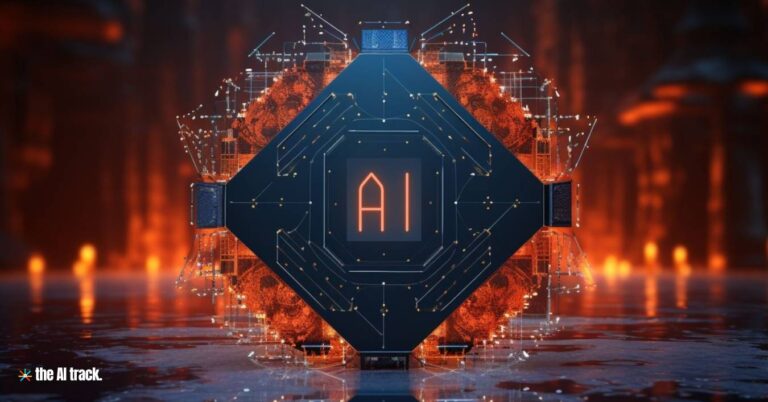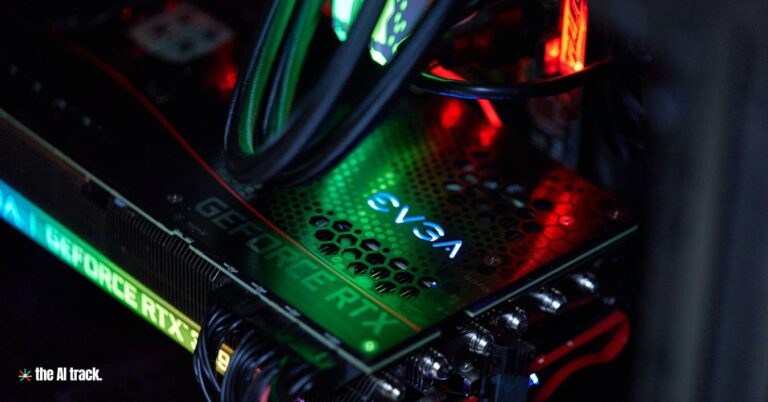Key Takeaway: According to metrics released by DeepSeek, the DeepSeek V3 model sets a new benchmark in AI development with record-breaking performance, efficient training, and open-source accessibility. This powerful Mixture-of-Experts (MoE) model is poised to redefine the landscape of AI innovation, balancing scale, efficiency, and affordability.

DeepSeek V3 – Key Points
- Performance and Efficiency (As Per DeepSeek’s Metrics):
- Scale: DeepSeek V3 reports 671 billion total parameters, with 37 billion activated per token—a pioneering Mixture-of-Experts (MoE) design.
- Training Dataset: Claimed to be trained on 14.8 trillion high-quality tokens, achieving top benchmarks in multiple languages and tasks.
- Speed: Utilizes multi-token prediction (MTP) to boost inference speed and enable speculative decoding.
- Revolutionary Architecture:
- DeepSeek V3 introduces an auxiliary-loss-free load balancing strategy to optimize training stability and performance.
- Employs Multi-head Latent Attention (MLA) to enhance processing efficiency for complex queries.
- Economic and Hardware Efficiency:
- Completed training in just 2.788 million GPU hours using 2,048 Nvidia H800 GPUs, costing $5.5 million—claimed to be significantly below industry averages.
- Boasts seamless computation-communication overlap for scalable performance.
- Benchmark Performance (Based on DeepSeek’s Data):
- Outperforms both open and closed-source models across various benchmarks:
- Code Competitions: Achieved a 65.2% pass rate in HumanEval and 75.4% in MBPP, outperforming rivals like GPT-4o.
- Mathematics: Recorded a 90.2% score on MATH-500, claimed to be an industry-leading result.
- Multilingual Tasks: Achieved 79.4% on MMMLU (non-English), the highest among open-source models.
- Handles context windows up to 128K tokens, enabling performance in long-context scenarios.
- Outperforms both open and closed-source models across various benchmarks:
- Collaborative Ecosystem and Accessibility:
- Licensing: Released under the MIT License, with commercial use supported.
- Community Integration: Compatible with platforms like Hugging Face, SGLang, and vLLM, supporting FP8 and BF16 precision on various GPUs.
- Deployment Options: Works with Nvidia, AMD, and Huawei Ascend GPUs for versatile deployment.
- Real-World Applications:
- Claimed capabilities include translation, coding, content generation, and reasoning, rivaling proprietary systems like OpenAI’s GPT-4o and Meta’s Llama 3.1.
- Provides APIs and a chat platform for enhanced accessibility.
- Challenges and Considerations:
- Adheres to Chinese regulatory standards, restricting responses on politically sensitive topics.
- High computational requirements may pose accessibility challenges for smaller-scale users.
Why This Matters:
DeepSeek V3, according to its metrics, demonstrates how open-source AI can rival proprietary models, driving innovation and democratizing access to advanced technology. Its affordability and reported high performance could accelerate AI adoption across industries. However, its regulatory compliance and computational demands highlight the complexities of achieving universal accessibility.
Access
Explore the key differences between open source vs closed source AI, including their benefits, challenges, and implications for the future of AI
Read a comprehensive monthly roundup of the latest AI news!







